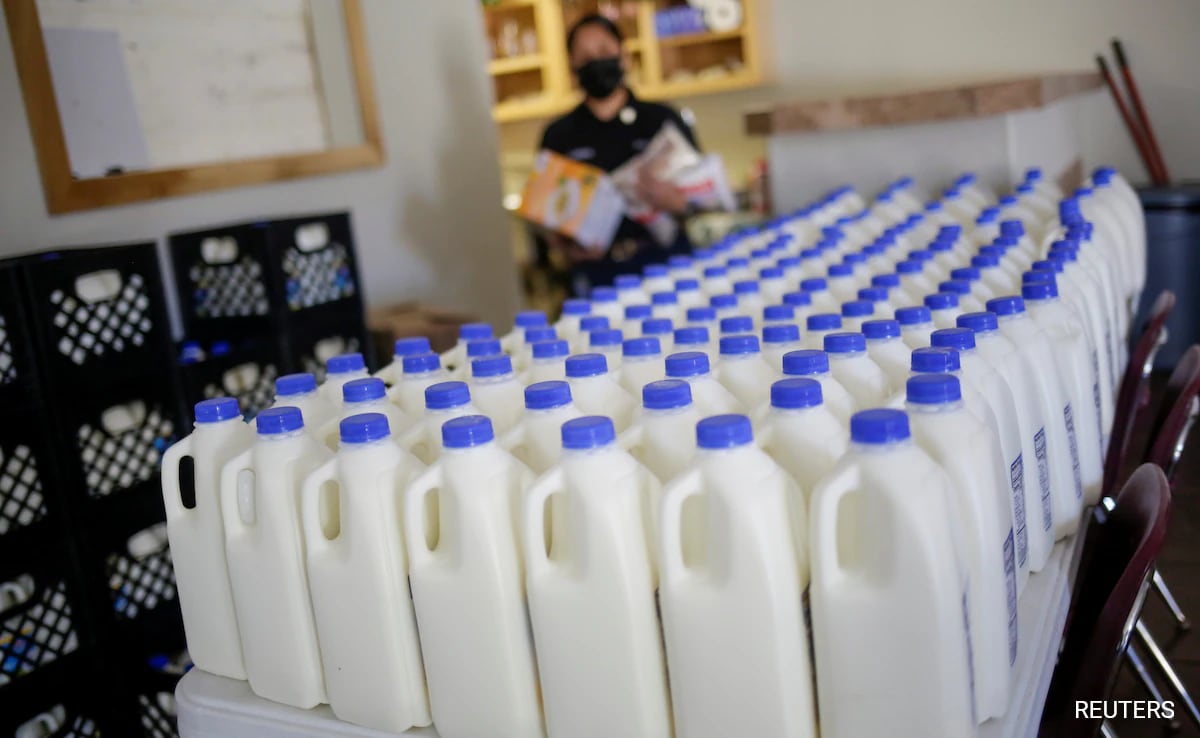A view of the toy shop.
| Photo Credit: K. Bhagya Prakash
The government’s steps such as mandatory quality norms and increase in customs duties have significantly helped the domestic toy players to boost exports and reduce dependence on Chinese imports, Economic Survey said on July 22.
It said that India’s emergence as a toy exporting nation can also be attributed to its integration into the global value chain and zero-duty market access for domestically manufactured toys in critical countries such as the UAE and Australia.
Economic Survey 2023-24 LIVE updates
The industry has long faced challenges in the global trade landscape, consistently being a net importer of toys for many years.
“Rising exports, coupled with declining imports, transformed India from a deficit to a surplus nation in the trade of toys,” it said.
For over a decade, India was heavily relied on China for around 76 per cent of its toy imports.
“India’s import bill for toys from China dropped from USD 214 million in FY’13 to USD 41.6 million in FY’24, leading to a decline in China’s share in India’s toy imports from 94 per cent in FY’13 to 64 per cent in FY’24, indicating India’s competitiveness in the international toy market,” the Survey said.
Economic Survey 2023-24: India’s growth back to pre-COVID trends, 7%-plus growth possible in medium term
During the period from 2014 to 2020, focused efforts by the government also resulted in the number of manufacturing units doubling.
The measures taken by the government for the toy industry include the formulation of a comprehensive National Action Plan for Toys with 21 specific action points, an increase in basic customs duty on toys, sample testing of each import consignment to curb sub-standard imports, issuance of a Quality Control Order for toys, and support through cluster-based approaches.
Read the full Economic Survey
The government is considering a production linked incentive (PLI) scheme for the sector to further boost the domestic manufacturing.
Toy Association of India senior vice-president and CEO of Noida-based Little Genius Toys Pvt Ltd Naresh Kumar Gautam said that the country’s exports from the sector will further grow in the coming years.
The Survey also said that India has transitioned from an arms importer and found a place in the list of the top 25 arms exporter nations.
The defence industry, including the private sector and Defence Public Sector Undertakings (DPSUs), has made efforts to achieve the highest-ever defence exports.
There has been a rise in the number of export authorisations issued to defence exporters. From 1,414 export authorisations in FY23, the number has increased to 1,507 in FY24.
About 100 domestic companies are exporting a wide range of defence products and equipment such as aircraft like Dornier-228, artillery guns, Brahmos missiles, PINAKA rockets and launchers, radars, simulators, and armoured vehicles.
To give a push to defence exports, the government has taken several policy initiatives over the past ten years.
Export procedures have been simplified and made industry-friendly, with end-to-end online export authorisation curtailing delays and facilitating ease of doing business, the latest Economic Survey said.
On smartphones, it said that India’s domestic production and exports of smartphones have been increasing steadily, with significant changes achieved, especially since the launch of the PLI scheme in 2020.
India also became the world’s sixth-largest smartphone exporter in 2022, from 23rd in 2014.
These exports rose by 42 per cent to USD 15.6 billion in 2023-24.








